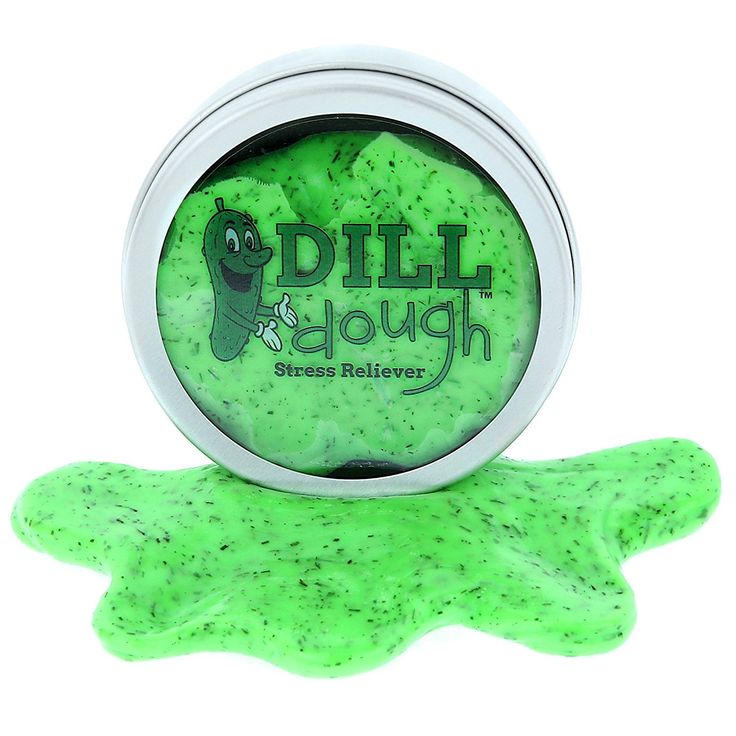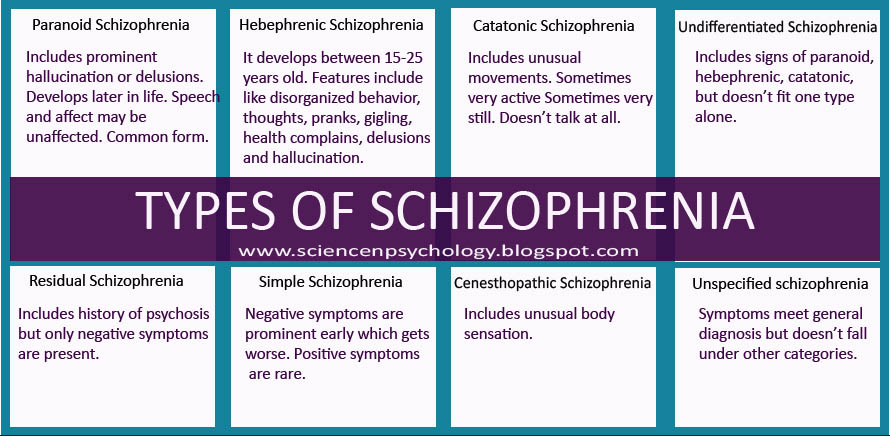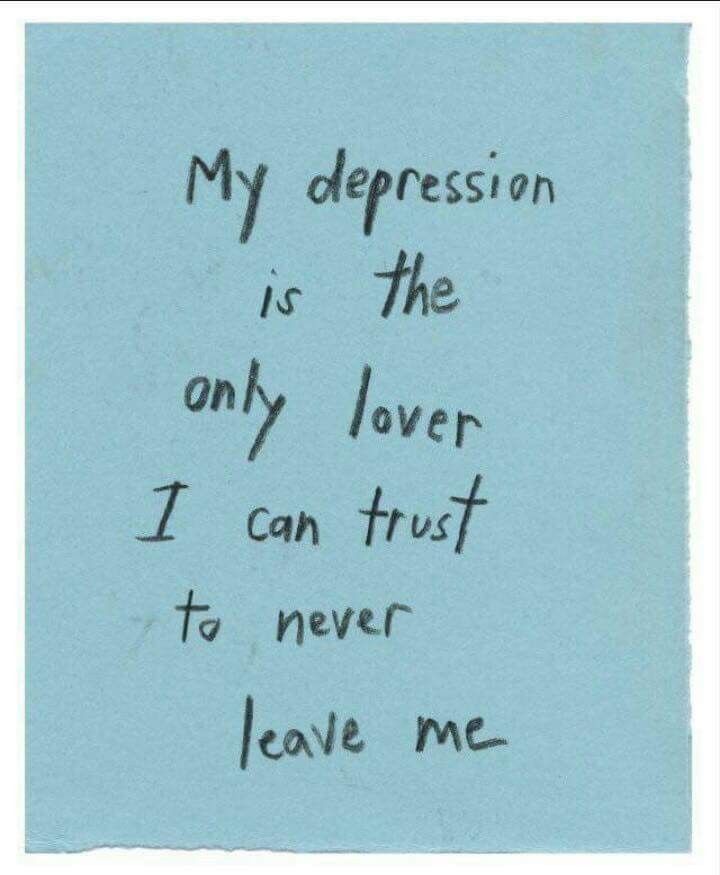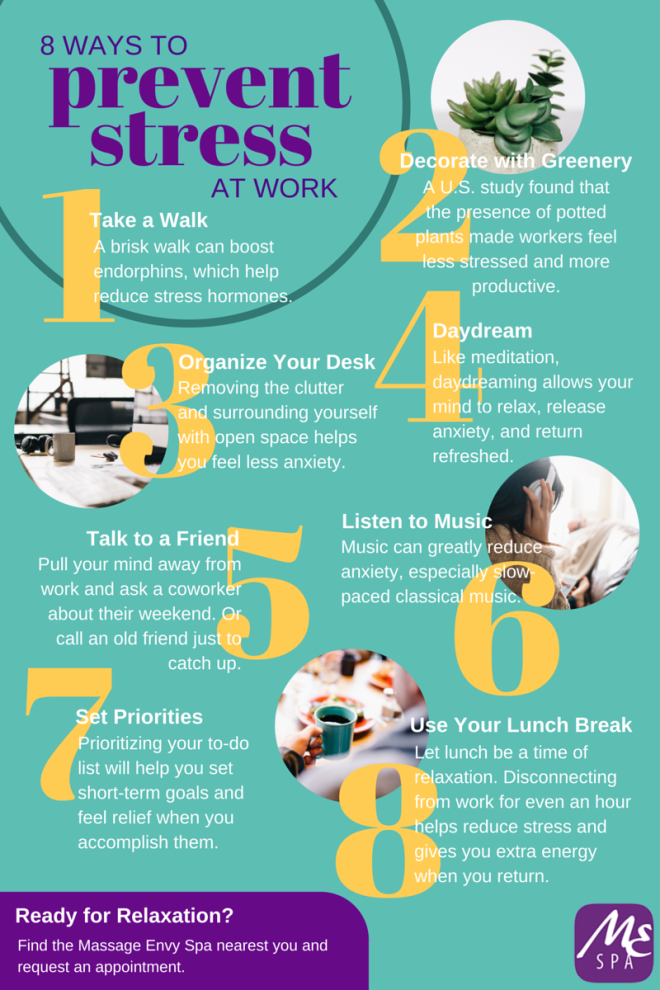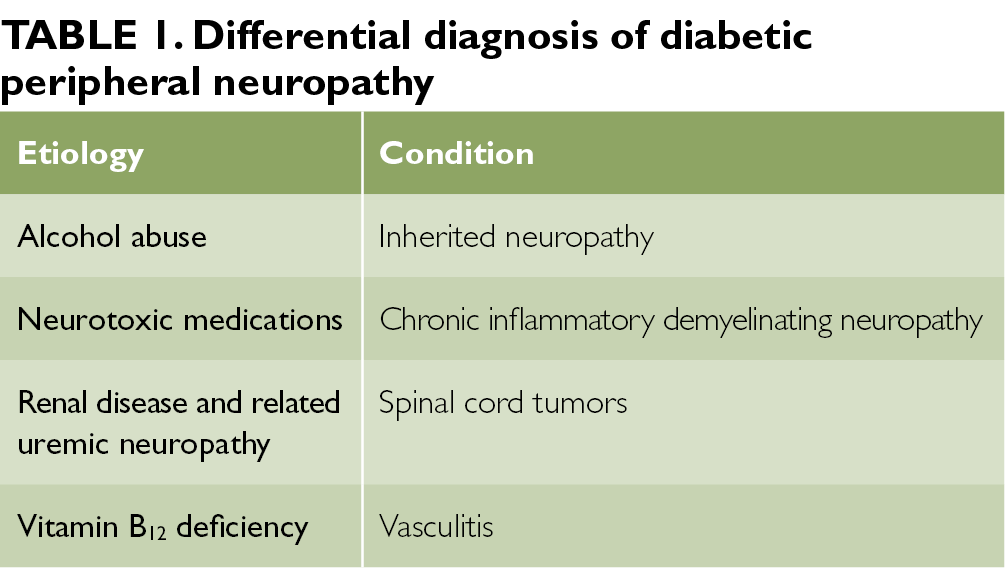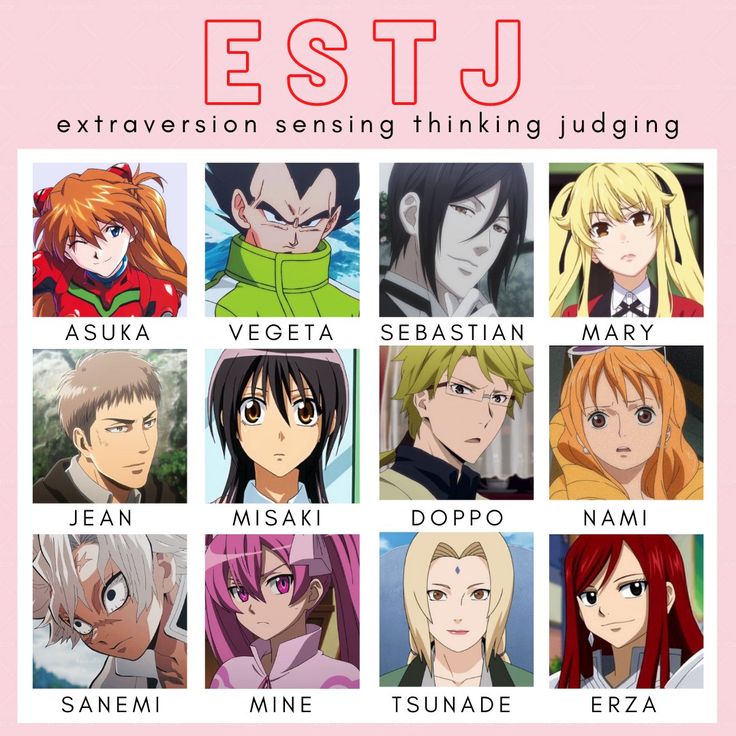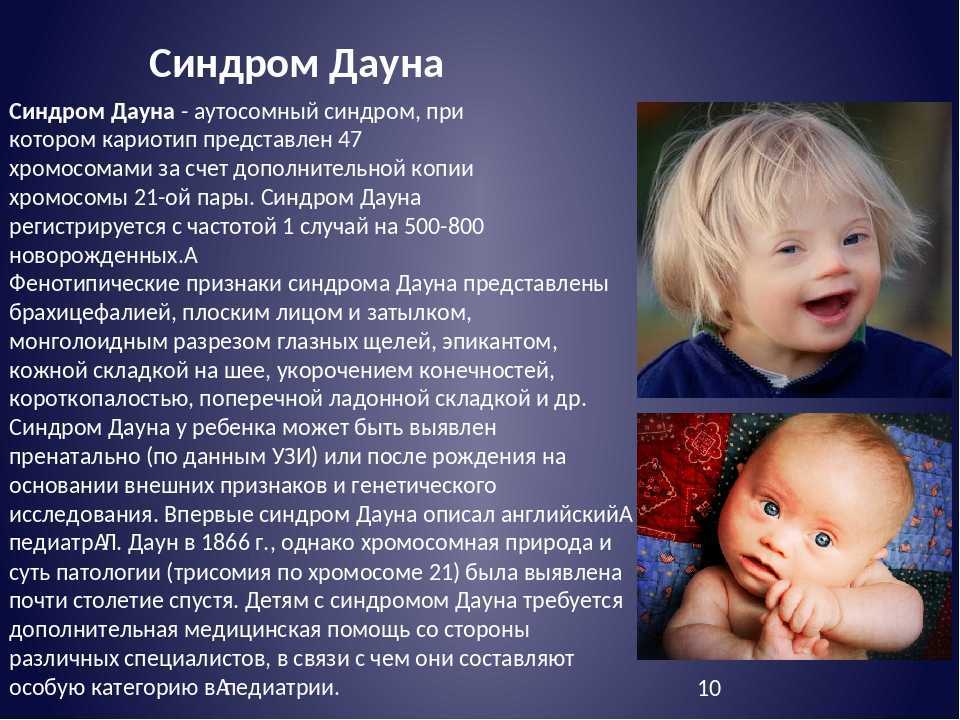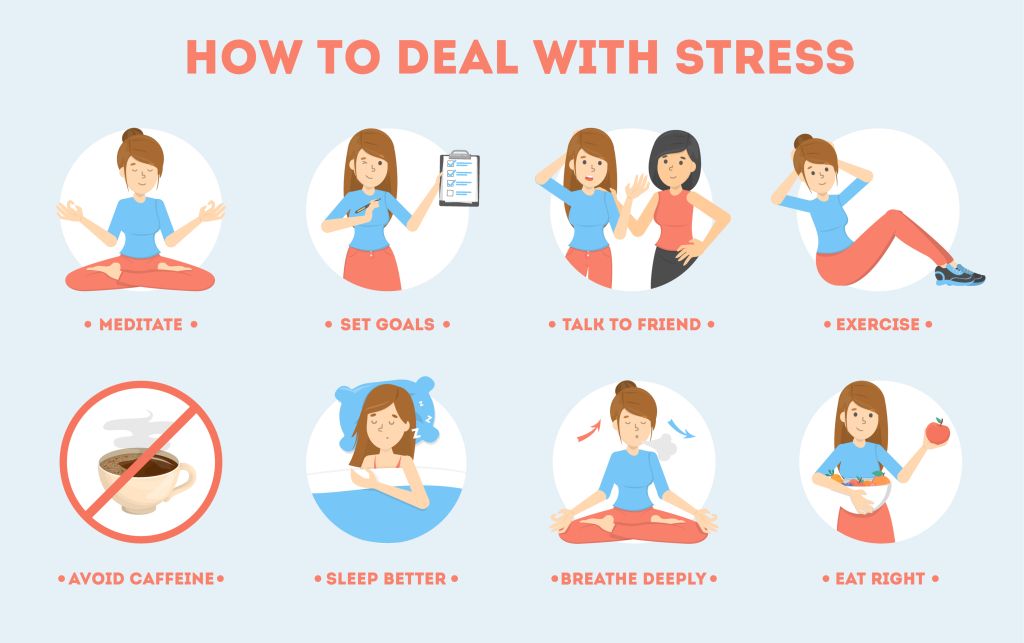Adhd attention deficit
NIMH » Attention-Deficit/Hyperactivity Disorder
Overview
Attention-deficit/hyperactivity disorder (ADHD) is marked by an ongoing pattern of inattention and/or hyperactivity-impulsivity that interferes with functioning or development. People with ADHD experience an ongoing pattern of the following types of symptoms:
- Inattention means a person may have difficulty staying on task, sustaining focus, and staying organized, and these problems are not due to defiance or lack of comprehension.
- Hyperactivity means a person may seem to move about constantly, including in situations when it is not appropriate, or excessively fidgets, taps, or talks. In adults, hyperactivity may mean extreme restlessness or talking too much.
- Impulsivity means a person may act without thinking or have difficulty with self-control. Impulsivity could also include a desire for immediate rewards or the inability to delay gratification.
An impulsive person may interrupt others or make important decisions without considering long-term consequences.
Signs and Symptoms
Some people with ADHD mainly have symptoms of inattention. Others mostly have symptoms of hyperactivity-impulsivity. Some people have both types of symptoms.
Many people experience some inattention, unfocused motor activity, and impulsivity, but for people with ADHD, these behaviors:
- Are more severe
- Occur more often
- Interfere with or reduce the quality of how they function socially, at school, or in a job
Inattention
People with symptoms of inattention may often:
- Overlook or miss details and make seemingly careless mistakes in schoolwork, at work, or during other activities
- Have difficulty sustaining attention during play or tasks, such as conversations, lectures, or lengthy reading
- Not seem to listen when spoken to directly
- Find it hard to follow through on instructions or finish schoolwork, chores, or duties in the workplace, or may start tasks but lose focus and get easily sidetracked
- Have difficulty organizing tasks and activities, doing tasks in sequence, keeping materials and belongings in order, managing time, and meeting deadlines
- Avoid tasks that require sustained mental effort, such as homework, or for teens and older adults, preparing reports, completing forms, or reviewing lengthy papers
- Lose things necessary for tasks or activities, such as school supplies, pencils, books, tools, wallets, keys, paperwork, eyeglasses, and cell phones
- Be easily distracted by unrelated thoughts or stimuli
- Be forgetful in daily activities, such as chores, errands, returning calls, and keeping appointments
Hyperactivity-Impulsivity
People with symptoms of hyperactivity-impulsivity may often:
- Fidget and squirm while seated
- Leave their seats in situations when staying seated is expected, such as in the classroom or the office
- Run, dash around, or climb at inappropriate times or, in teens and adults, often feel restless
- Be unable to play or engage in hobbies quietly
- Be constantly in motion or on the go, or act as if driven by a motor
- Talk excessively
- Answer questions before they are fully asked, finish other people’s sentences, or speak without waiting for a turn in a conversation
- Have difficulty waiting one’s turn
- Interrupt or intrude on others, for example in conversations, games, or activities
Primary care providers sometimes diagnose and treat ADHD.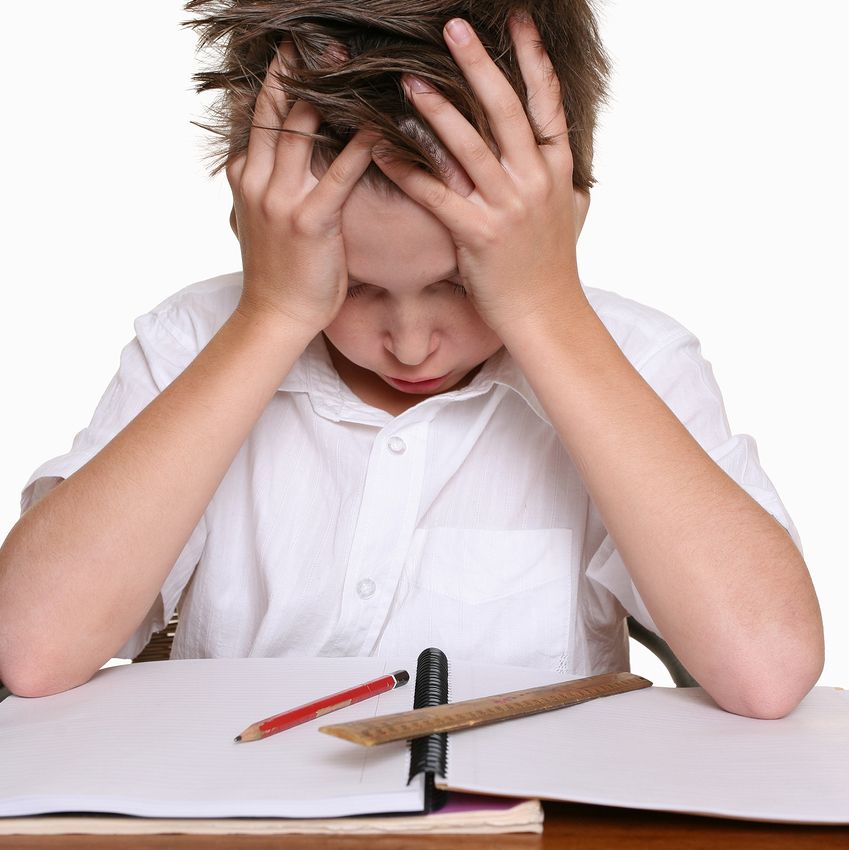 They may also refer individuals to a mental health professional, such as a psychiatrist or clinical psychologist, who can do a thorough evaluation and make an ADHD diagnosis.
They may also refer individuals to a mental health professional, such as a psychiatrist or clinical psychologist, who can do a thorough evaluation and make an ADHD diagnosis.
For a person to receive a diagnosis of ADHD, the symptoms of inattention and/or hyperactivity-impulsivity must be chronic or long-lasting, impair the person’s functioning, and cause the person to fall behind typical development for their age. Stress, sleep disorders, anxiety, depression, and other physical conditions or illnesses can cause similar symptoms to those of ADHD. Therefore, a thorough evaluation is necessary to determine the cause of the symptoms.
Most children with ADHD receive a diagnosis during the elementary school years. For an adolescent or adult to receive a diagnosis of ADHD, the symptoms need to have been present before age 12.
ADHD symptoms can appear as early as between the ages of 3 and 6 and can continue through adolescence and adulthood. Symptoms of ADHD can be mistaken for emotional or disciplinary problems or missed entirely in children who primarily have symptoms of inattention, leading to a delay in diagnosis.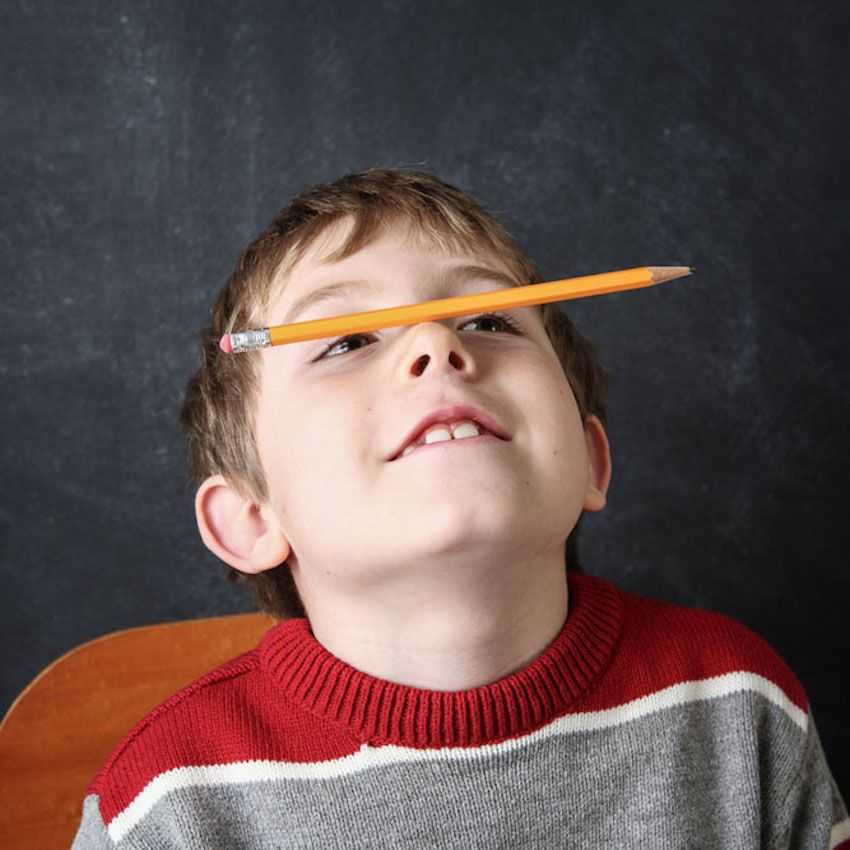 Adults with undiagnosed ADHD may have a history of poor academic performance, problems at work, or difficult or failed relationships.
Adults with undiagnosed ADHD may have a history of poor academic performance, problems at work, or difficult or failed relationships.
ADHD symptoms can change over time as a person ages. In young children with ADHD, hyperactivity-impulsivity is the most predominant symptom. As a child reaches elementary school, the symptom of inattention may become more prominent and cause the child to struggle academically. In adolescence, hyperactivity seems to lessen and symptoms may more likely include feelings of restlessness or fidgeting, but inattention and impulsivity may remain. Many adolescents with ADHD also struggle with relationships and antisocial behaviors. Inattention, restlessness, and impulsivity tend to persist into adulthood.
Risk Factors
Researchers are not sure what causes ADHD, although many studies suggest that genes play a large role. Like many other disorders, ADHD probably results from a combination of factors. In addition to genetics, researchers are looking at possible environmental factors that might raise the risk of developing ADHD and are studying how brain injuries, nutrition, and social environments might play a role in ADHD.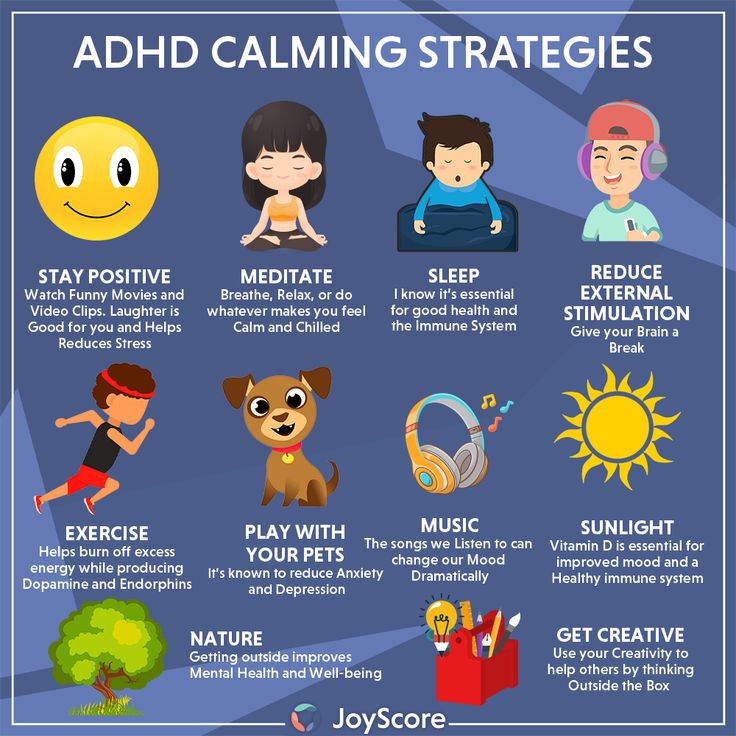
ADHD is more common in males than females, and females with ADHD are more likely to primarily have inattention symptoms. People with ADHD often have other conditions, such as learning disabilities, anxiety disorder, conduct disorder, depression, and substance use disorder.
Treatment and Therapies
While there is no cure for ADHD, currently available treatments may reduce symptoms and improve functioning. Treatments include medication, psychotherapy, education or training, or a combination of treatments.
Medication
For many people, ADHD medications reduce hyperactivity and impulsivity and improve their ability to focus, work, and learn. Sometimes several different medications or dosages must be tried before finding the right one that works for a particular person. Anyone taking medications must be monitored closely by their prescribing doctor.
Stimulants. The most common type of medication used for treating ADHD is called a “stimulant. ” Although it may seem unusual to treat ADHD with a medication that is considered a stimulant, it works by increasing the brain chemicals dopamine and norepinephrine, which play essential roles in thinking and attention.
” Although it may seem unusual to treat ADHD with a medication that is considered a stimulant, it works by increasing the brain chemicals dopamine and norepinephrine, which play essential roles in thinking and attention.
Under medical supervision, stimulant medications are considered safe. However, like all medications, they can have side effects, especially when misused or taken in excess of the prescribed dose, and require an individual’s health care provider to monitor how they may be reacting to the medication.
Non-stimulants. A few other ADHD medications are non-stimulants. These medications take longer to start working than stimulants, but can also improve focus, attention, and impulsivity in a person with ADHD. Doctors may prescribe a non-stimulant: when a person has bothersome side effects from stimulants, when a stimulant was not effective, or in combination with a stimulant to increase effectiveness.
Although not approved by the U.S. Food and Drug Administration (FDA) specifically for the treatment of ADHD, some antidepressants are used alone or in combination with a stimulant to treat ADHD. Antidepressants may help all of the symptoms of ADHD and can be prescribed if a patient has bothersome side effects from stimulants. Antidepressants can be helpful in combination with stimulants if a patient also has another condition, such as an anxiety disorder, depression, or another mood disorder. Non-stimulant ADHD medications and antidepressants may also have side effects.
Antidepressants may help all of the symptoms of ADHD and can be prescribed if a patient has bothersome side effects from stimulants. Antidepressants can be helpful in combination with stimulants if a patient also has another condition, such as an anxiety disorder, depression, or another mood disorder. Non-stimulant ADHD medications and antidepressants may also have side effects.
Doctors and patients can work together to find the best medication, dose, or medication combination. Learn the basics about stimulants and other mental health medications on the NIMH Mental Health Medications webpage and check the FDA website for the latest medication approvals, warnings, and patient information guides.
Psychotherapy and Psychosocial Interventions
Several specific psychosocial interventions have been shown to help individuals with ADHD and their families manage symptoms and improve everyday functioning.
For school-age children, frustration, blame, and anger may have built up within a family before a child is diagnosed.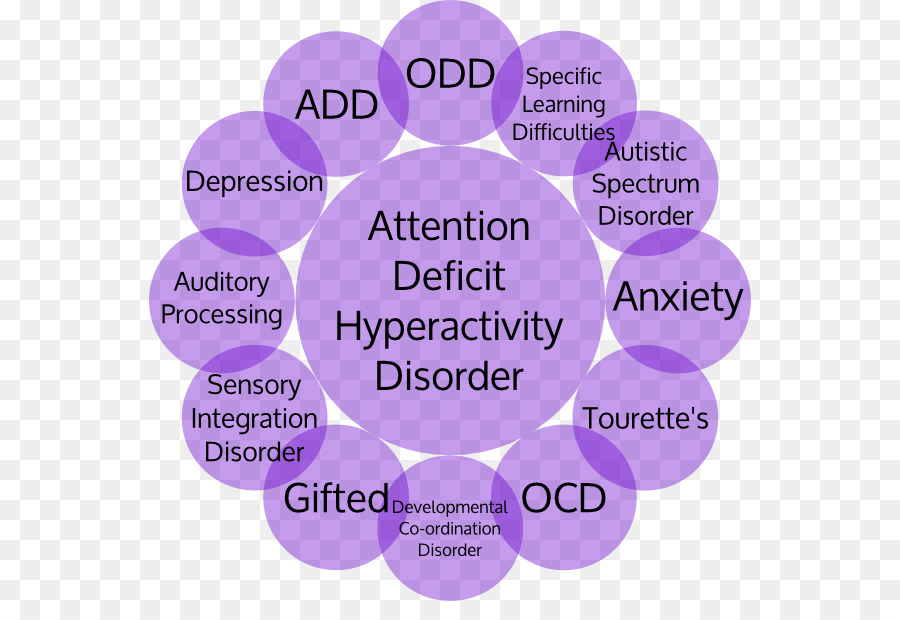 Parents and children may need specialized help to overcome negative feelings. Mental health professionals can educate parents about ADHD and how it affects a family. They also will help the child and his or her parents develop new skills, attitudes, and ways of relating to each other.
Parents and children may need specialized help to overcome negative feelings. Mental health professionals can educate parents about ADHD and how it affects a family. They also will help the child and his or her parents develop new skills, attitudes, and ways of relating to each other.
All types of therapy for children and teens with ADHD require parents to play an active role. Psychotherapy that includes only individual treatment sessions with the child (without parent involvement) is not effective for managing ADHD symptoms and behavior. This type of treatment is more likely to be effective for treating symptoms of anxiety or depression that may occur along with ADHD.
Behavioral therapy is a type of psychotherapy that aims to help a person change their behavior. It might involve practical assistance, such as help organizing tasks or completing schoolwork, or working through emotionally difficult events. Behavioral therapy also teaches a person how to:
- Monitor their own behavior
- Give oneself praise or rewards for acting in a desired way, such as controlling anger or thinking before acting
Parents, teachers, and family members also can give feedback on certain behaviors and help establish clear rules, chore lists, and structured routines to help a person control their behavior. Therapists may also teach children social skills, such as how to wait their turn, share toys, ask for help, or respond to teasing. Learning to read facial expressions and the tone of voice in others, and how to respond appropriately can also be part of social skills training.
Therapists may also teach children social skills, such as how to wait their turn, share toys, ask for help, or respond to teasing. Learning to read facial expressions and the tone of voice in others, and how to respond appropriately can also be part of social skills training.
Cognitive behavioral therapy helps a person learn how to be aware and accepting of one’s own thoughts and feelings to improve focus and concentration. The therapist also encourages the person with ADHD to adjust to the life changes that come with treatment, such as thinking before acting, or resisting the urge to take unnecessary risks.
Family and marital therapy can help family members and spouses find productive ways to handle disruptive behaviors, encourage behavior changes, and improve interactions with the person with ADHD.
Parenting skills training (behavioral parent management training) teaches parents skills for encouraging and rewarding positive behaviors in their children.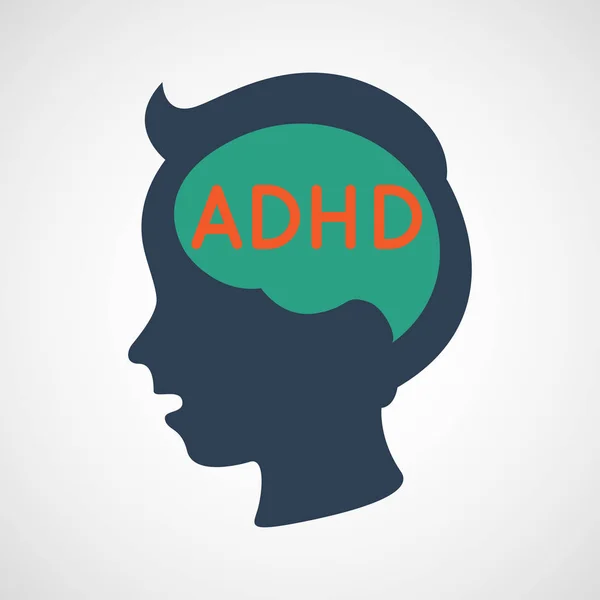 Parents are taught to use a system of rewards and consequences to change a child’s behavior, to give immediate and positive feedback for behaviors they want to encourage, and to ignore or redirect behaviors they want to discourage.
Parents are taught to use a system of rewards and consequences to change a child’s behavior, to give immediate and positive feedback for behaviors they want to encourage, and to ignore or redirect behaviors they want to discourage.
Specific behavioral classroom management interventions and/or academic accommodations for children and teens have been shown to be effective for managing symptoms and improving functioning at school and with peers. Interventions may include behavior management plans or teaching organizational or study skills. Accommodations may include preferential seating in the classroom, reduced classwork load, or extended time on tests and exams. The school may provide accommodations through what is called a 504 Plan or, for children who qualify for special education services, an Individualized Education Plan (IEP).
To learn more about the Individuals with Disabilities Education Act (IDEA), visit the U.S. Department of Education’s IDEA website.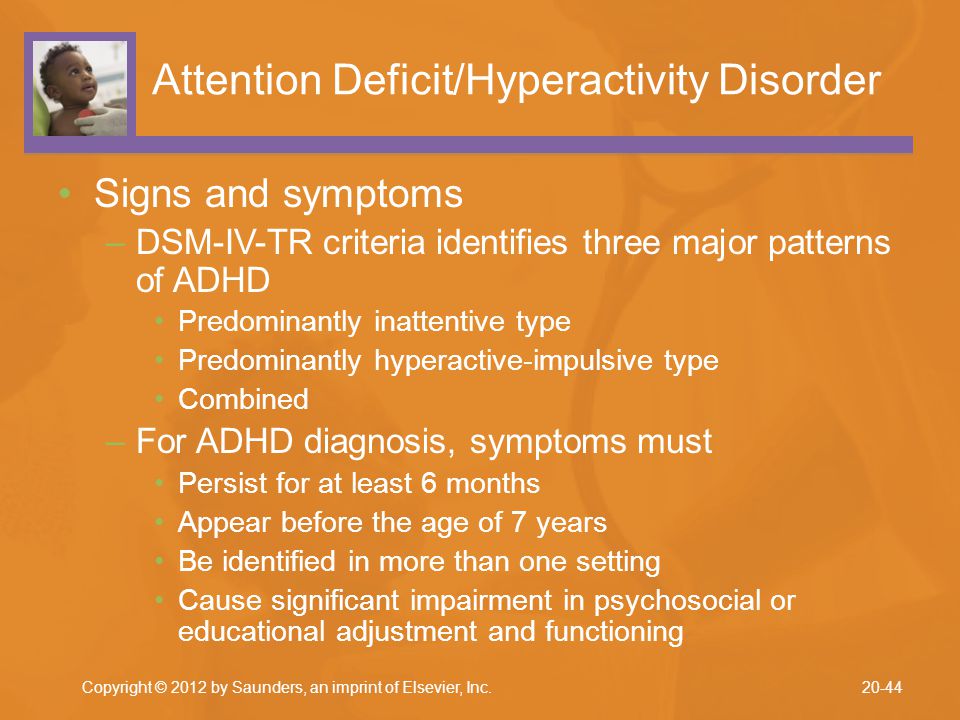
Stress management techniques can benefit parents of children with ADHD by increasing their ability to deal with frustration so that they can respond calmly to their child’s behavior.
Support groups can help parents and families connect with others who have similar problems and concerns. Groups often meet regularly to share frustrations and successes, to exchange information about recommended specialists and strategies, and to talk with experts.
The National Resource Center on ADHD, a program of Children and Adults with Attention-Deficit/Hyperactivity Disorder (CHADD®) supported by the Centers for Disease Control and Prevention (CDC), has information and many resources. You can reach this center online or by phone at 1-866-200-8098.
For more information on psychotherapy, see the Psychotherapies webpage on the NIMH website.
Tips to Help Kids and Adults with ADHD Stay Organized
For Kids:
Parents and teachers can help kids with ADHD stay organized and follow directions with tools such as:
- Keeping a routine and a schedule.
 Keep the same routine every day, from wake-up time to bedtime. Include times for homework, outdoor play, and indoor activities. Keep the schedule on the refrigerator or a bulletin board. Write changes on the schedule as far in advance as possible.
Keep the same routine every day, from wake-up time to bedtime. Include times for homework, outdoor play, and indoor activities. Keep the schedule on the refrigerator or a bulletin board. Write changes on the schedule as far in advance as possible. - Organizing everyday items. Have a place for everything, (such as clothing, backpacks, and toys), and keep everything in its place.
- Using homework and notebook organizers. Use organizers for school material and supplies. Stress to your child the importance of writing down assignments and bringing home necessary books.
- Being clear and consistent. Children with ADHD need consistent rules they can understand and follow.
- Giving praise or rewards when rules are followed. Children with ADHD often receive and expect criticism. Look for good behavior and praise it.
For Adults:
A professional counselor or therapist can help an adult with ADHD learn how to organize their life with tools such as:
- Keeping routines.
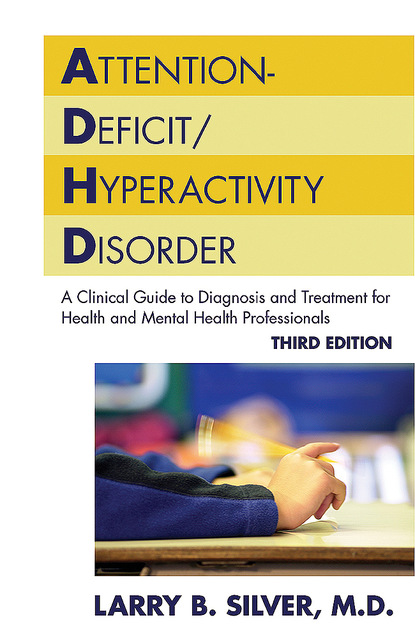
- Making lists for different tasks and activities.
- Using a calendar for scheduling events.
- Using reminder notes.
- Assigning a special place for keys, bills, and paperwork.
- Breaking down large tasks into more manageable, smaller steps so that completing each part of the task provides a sense of accomplishment.
Join a Study
Clinical trials are research studies that look at new ways to prevent, detect, or treat diseases and conditions. The goal of clinical trials is to determine if a new test or treatment works and is safe. Although individuals may benefit from being part of a clinical trial, participants should be aware that the primary purpose of a clinical trial is to gain new scientific knowledge so that others may be better helped in the future.
Researchers at NIMH and around the country conduct many studies with patients and healthy volunteers. We have new and better treatment options today because of what clinical trials uncovered years ago.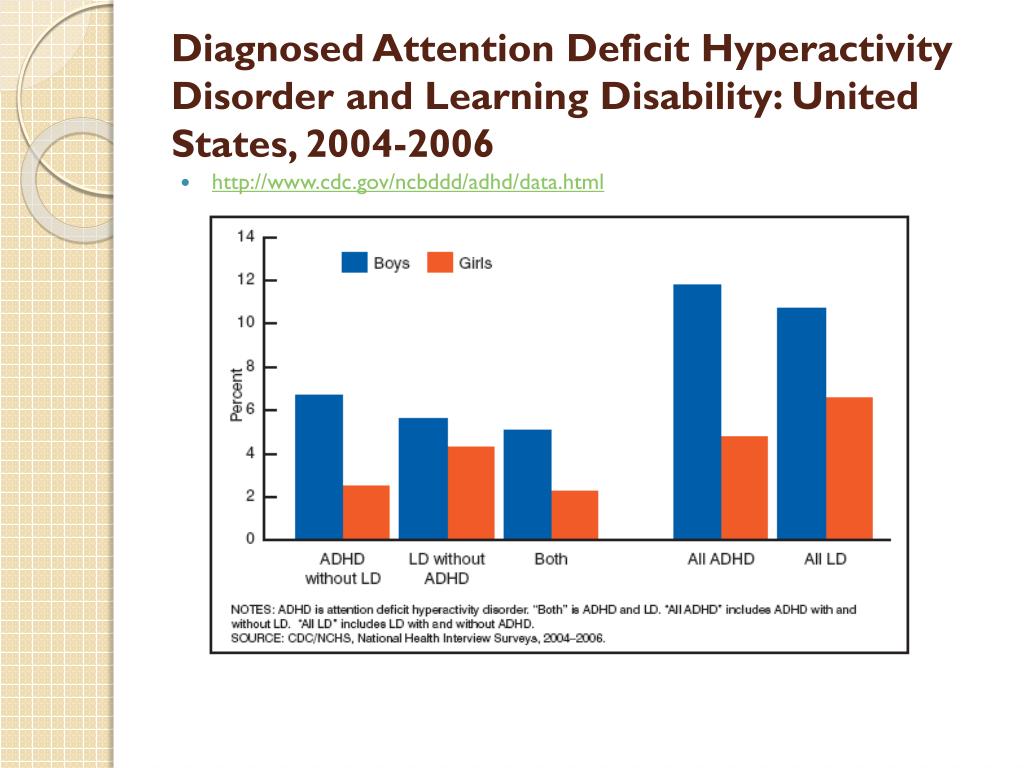 Be part of tomorrow’s medical breakthroughs. Talk to your health care provider about clinical trials, their benefits and risks, and whether one is right for you.
Be part of tomorrow’s medical breakthroughs. Talk to your health care provider about clinical trials, their benefits and risks, and whether one is right for you.
To learn more or find a study, visit:
- NIMH’s Clinical Trials webpage: Information about participating in clinical trials
- Clinicaltrials.gov: Current Studies on ADHD: List of clinical trials funded by the National Institutes of Health (NIH) being conducted across the country
- Join a Study: Children - ADHD: List of studies being conducted on the NIH Campus in Bethesda, MD
Learn More
Free Brochures and Shareable Resources
- Attention-Deficit/Hyperactivity Disorder in Children and Teens: What You Need to Know: This brochure provides information about attention-deficit/hyperactivity disorder (ADHD) in children and teens including symptoms, how it is diagnosed, causes, treatment options, and helpful resources. Also available en español.
- Attention-Deficit/Hyperactivity Disorder in Adults: What You Need to Know: This brochure provides information about attention-deficit/hyperactivity disorder (ADHD) in adults including symptoms, how ADHD is diagnosed, causes, treatment options, and resources to find help for yourself or someone else.
 Also available en español.
Also available en español. - Shareable Resources on ADHD: Help support ADHD awareness and education in your community. Use these digital resources, including graphics and messages, to spread the word about ADHD.
Multimedia
- Mental Health Minute: ADHD: Take a mental health minute to learn about ADHD.
- NIMH Expert Discusses Managing ADHD: Learn the signs, symptoms, and treatments of ADHD as well as tips for helping children and adolescents manage ADHD during the pandemic.
Federal Resources
- ADHD: CDC offers fact sheets, infographics, and other resources about the signs, symptoms, and treatment of children with ADHD.
- ADHD: (MedlinePlus – also available en español.)
Research and Statistics
- Journal Articles: This webpage provides information on references and abstracts from MEDLINE/PubMed (National Library of Medicine).
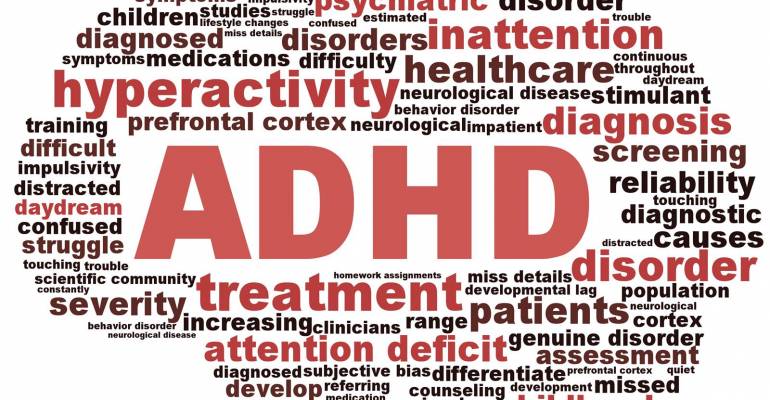
- ADHD Statistics: This web page provides statistics about the prevalence and treatment of ADHD among children, adolescents, and adults.
Last Reviewed: September 2022
Unless otherwise specified, NIMH information and publications are in the public domain and available for use free of charge. Citation of NIMH is appreciated. Please see our Citing NIMH Information and Publicationspage for more information.
What You Need to Know
Have you noticed that your child or teen finds it hard to pay attention? Do they often move around during times when they shouldn’t, act impulsively, or interrupt others? If such issues are ongoing and seem to be impacting your child’s daily life, they may have attention-deficit/hyperactivity disorder (ADHD).
ADHD can impact the social relationships and school performance of children and teens, but effective treatments are available to manage the symptoms of ADHD.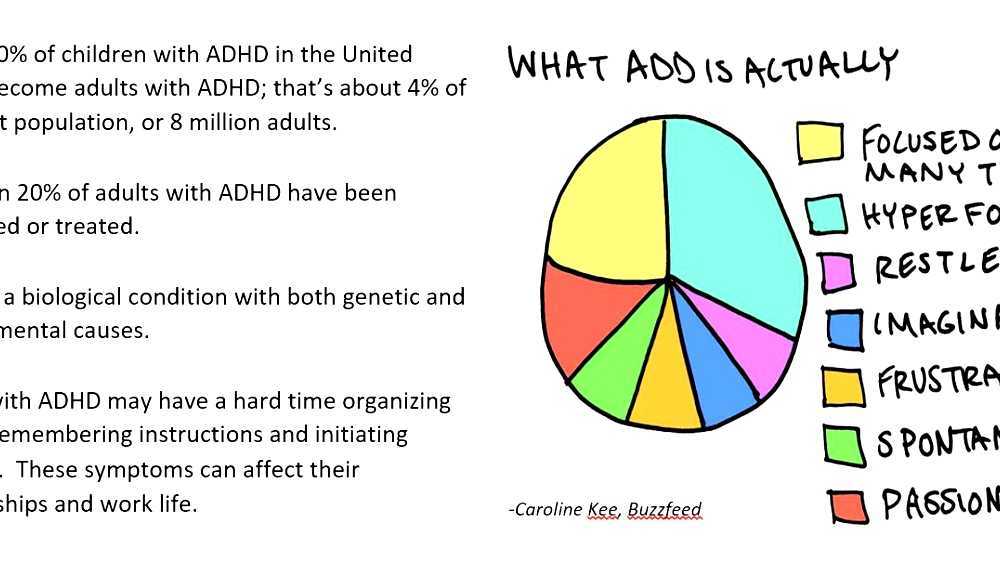 Learn about ADHD, how it’s diagnosed, and how to find support.
Learn about ADHD, how it’s diagnosed, and how to find support.
What is ADHD?
ADHD is a developmental disorder associated with an ongoing pattern of inattention, hyperactivity, and/or impulsivity. Symptoms of ADHD can interfere with daily activities and relationships. ADHD begins in childhood and can continue into the teen years and adulthood.
What are the symptoms of ADHD?
People with ADHD experience an ongoing pattern of the following types of symptoms:
- Inattention—having difficulty paying attention
- Hyperactivity—having too much energy or moving and talking too much
- Impulsivity—acting without thinking or having difficulty with self-control
Some people with ADHD mainly have symptoms of inattention. Others mostly have symptoms of hyperactivity-impulsivity. Some people have both types of symptoms.
Signs of inattention may include:
- Not paying close attention to details or making seemingly careless mistakes in schoolwork or during other activities
- Difficulty sustaining attention in play and tasks, including conversations, tests, or lengthy assignments
- Trouble listening closely when spoken to directly
- Finding it hard to follow through on instructions or to finish schoolwork or chores, or starting tasks but losing focus and getting easily sidetracked
- Difficulty organizing tasks and activities, such as doing tasks in sequence, keeping materials and belongings in order, managing time, and meeting deadlines
- Avoiding tasks that require sustained mental effort, such as homework
- Losing things necessary for tasks or activities, such as school supplies, books, eyeglasses, and cell phones
- Being easily distracted by unrelated thoughts or stimuli
- Being forgetful during daily activities, such as chores, errands, and keeping appointments
Signs of hyperactivity and impulsivity may include:
- Fidgeting and squirming while seated
- Getting up and moving around when expected to stay seated, such as in a classroom
- Running, dashing around, or climbing at inappropriate times or, in teens, often feeling restless
- Being unable to play or engage in hobbies quietly
- Being constantly in motion or on the go and/or acting as if driven by a motor
- Talking excessively
- Answering questions before they are fully asked or finishing other people’s sentences
- Having difficulty waiting one’s turn, such as when standing in line
- Interrupting or intruding on others, for example, in conversations, games, or activities
How is ADHD diagnosed in children and teens?
To be diagnosed with ADHD, symptoms must have been present before the age of 12.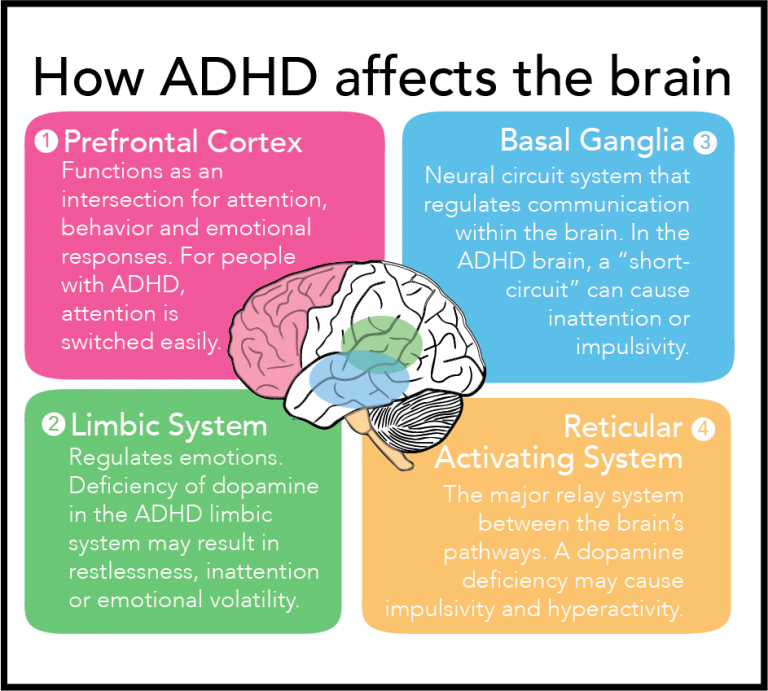 Children up to age 16 are diagnosed with ADHD if they have had at least six persistent symptoms of inattention and/or six persistent symptoms of hyperactivity-impulsivity present for at least 6 months. Symptoms must be present in two or more settings (for example, at home or school or with friends or relatives) and interfere with the quality of social or school functioning.
Children up to age 16 are diagnosed with ADHD if they have had at least six persistent symptoms of inattention and/or six persistent symptoms of hyperactivity-impulsivity present for at least 6 months. Symptoms must be present in two or more settings (for example, at home or school or with friends or relatives) and interfere with the quality of social or school functioning.
Parents who think their child may have ADHD should talk to their health care provider. Primary care providers sometimes diagnose and treat ADHD. They may also refer individuals to a mental health professional, such as a psychiatrist or clinical psychologist, who can do a thorough evaluation and make an ADHD diagnosis. Stress, sleep disorders, anxiety, depression, and other physical conditions or illnesses can cause similar symptoms to those of ADHD. Therefore, a thorough evaluation is necessary to determine the cause of the symptoms.
During an evaluation, the health care provider or mental health professional may:
- Examine the child’s mental health and medical history.

- Ask permission to talk with family members, teachers, and other adults who know the child well and see them in different settings to learn about the child’s behavior and experiences at home and school.
- Use standardized behavior rating scales or ADHD symptom checklists to determine whether a child or teen meets the criteria for a diagnosis of ADHD.
- Administer psychological tests that look at working memory, executive functioning (abilities such as planning and decision-making), visual and spatial skills, or reasoning skills. Such tests can help detect psychological or cognitive strengths and challenges as well as identify or rule out possible learning disabilities.
Does ADHD look the same in all children and teens?
ADHD symptoms can change over time as a child grows and moves into the preteen and teenage years. In young children with ADHD, hyperactivity and impulsivity are the most common symptoms. As academic and social demands increase, symptoms of inattention become more prominent and begin to interfere with academic performance and peer relationships. In adolescence, hyperactivity often becomes less severe and may appear as restlessness or fidgeting. Symptoms of inattention and impulsivity typically continue and may cause worsening academic, organizational, and relationship challenges. Teens with ADHD also are more likely to engage in impulsive, risky behaviors, including substance use and unsafe sexual activity.
In adolescence, hyperactivity often becomes less severe and may appear as restlessness or fidgeting. Symptoms of inattention and impulsivity typically continue and may cause worsening academic, organizational, and relationship challenges. Teens with ADHD also are more likely to engage in impulsive, risky behaviors, including substance use and unsafe sexual activity.
Inattention, restlessness, and impulsivity continue into adulthood for many individuals with ADHD, but in some cases, they may become less severe and less impairing over time.
What causes ADHD?
Researchers are not sure what causes ADHD, although many studies suggest that genes play a large role. Like many other disorders, ADHD probably results from a combination of factors. In addition to genetics, researchers are looking at possible environmental factors that might raise the risk of developing ADHD and are studying how brain injuries, nutrition, and social environments might play a role in ADHD.
What are the treatments for ADHD in children and teens?
Although there is no cure for ADHD, currently available treatments may help reduce symptoms and improve functioning. ADHD is commonly treated with medication, education or training, therapy, or a combination of treatments.
Medication
Stimulants are the most common type of medication used to treat ADHD. Research shows these medications can be highly effective. Like all medications, they can have side effects and require an individual’s health care provider to monitor how they may be reacting to the medication. Nonstimulant medications are also available. Health care providers may sometimes prescribe antidepressants to treat children with ADHD, although the Food and Drug Administration (FDA) has not approved these medications specifically for treating ADHD. Sometimes an individual must try several different medications or dosages before finding what works for them.
For general information about stimulants and other medications used to treat mental disorders, see NIMH's Mental Health Medications webpage.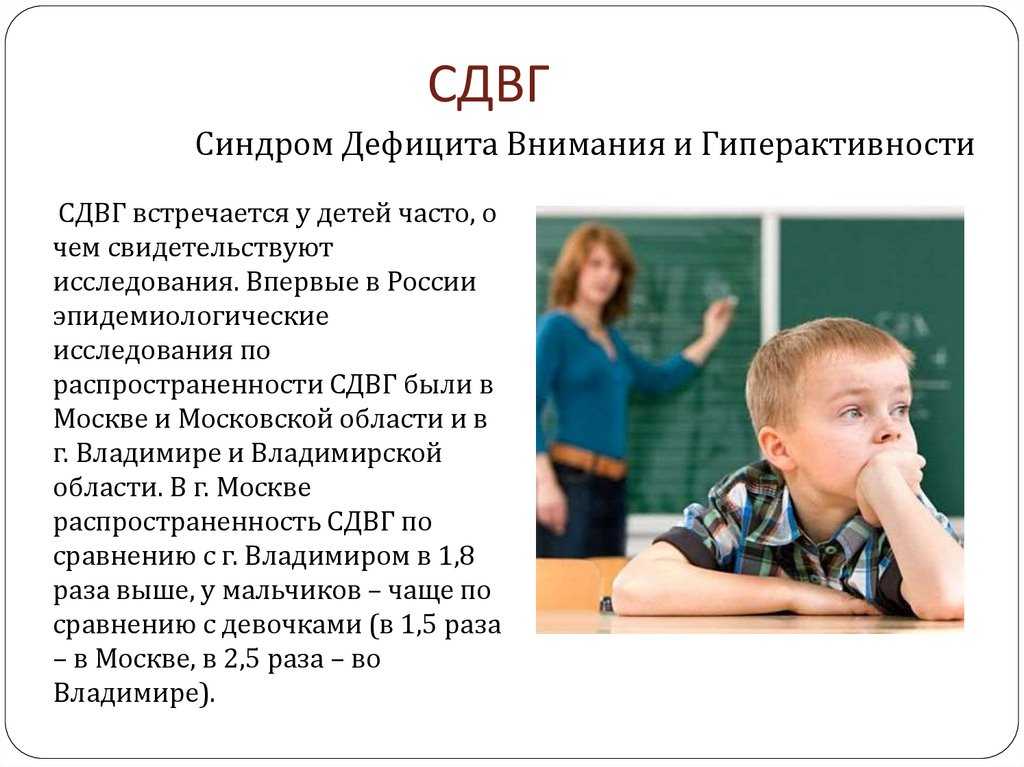 The FDA website has the latest medication approvals, warnings, and patient information guides.
The FDA website has the latest medication approvals, warnings, and patient information guides.
Psychotherapy and Psychosocial Interventions
Several psychosocial interventions have been shown to help children and their families manage symptoms and improve everyday functioning.
- Behavioral therapy aims to help a person change their behavior. It might involve practical assistance, such as help organizing tasks or completing schoolwork, learning social skills, or monitoring one’s own behavior and receiving praise or rewards for acting in a desired way.
- Cognitive behavioral therapy helps a person to become more aware of attention and concentration challenges and to work on skills to improve focus.
- Family and marital therapy can help family members learn how to handle disruptive behaviors, encourage behavior changes, and improve interactions with children.
All types of therapy for children and teens with ADHD require parents to play an active role. Psychotherapy that includes only individual treatment sessions with the child (without parent involvement) is not effective for managing ADHD symptoms and behavior. This type of treatment is more likely to be effective for treating symptoms of anxiety or depression that may occur along with ADHD.
Psychotherapy that includes only individual treatment sessions with the child (without parent involvement) is not effective for managing ADHD symptoms and behavior. This type of treatment is more likely to be effective for treating symptoms of anxiety or depression that may occur along with ADHD.
For general information about psychotherapies used for treating mental disorders, see NIMH’s Psychotherapies webpage.
Parent Education and Support
Mental health professionals can educate the parents of a child with ADHD about the disorder and how it affects a family. They also can help parents and children develop new skills, attitudes, and ways of relating to each other. Examples include parenting skills training, stress management techniques for parents, and support groups that help parents and families connect with others who have similar concerns.
School-Based Programs
Children and adolescents with ADHD typically benefit from classroom-based behavioral interventions and/or academic accommodations. Interventions may include behavior management plans or teaching organizational or study skills. Accommodations may include preferential seating in the classroom, reduced classwork load, or extended time on tests and exams. The school may provide accommodations through what is called a 504 Plan or, for children who qualify for special education services, an Individualized Education Plan (IEP).
Interventions may include behavior management plans or teaching organizational or study skills. Accommodations may include preferential seating in the classroom, reduced classwork load, or extended time on tests and exams. The school may provide accommodations through what is called a 504 Plan or, for children who qualify for special education services, an Individualized Education Plan (IEP).
To learn more about special education services and the Individuals with Disabilities Education Act (IDEA), visit the U.S. Department of Education's IDEA website.
Complementary Health Approaches
Unlike specific psychotherapy and medication treatments that are scientifically proven to improve ADHD symptoms, complementary health approaches for ADHD, such as natural products, do not qualify as evidence-supported interventions. For more information, visit the National Center for Complementary and Integrative Health website.
How can I find help for my child?
The Substance Abuse and Mental Health Services Administration (SAMHSA) provides the Behavioral Health Treatment Services Locator, an online tool for finding mental health services and treatment programs in your state. For additional resources, visit NIMH's Help For Mental Illnesses webpage or see NIMH Children and Mental Health fact sheet.
For additional resources, visit NIMH's Help For Mental Illnesses webpage or see NIMH Children and Mental Health fact sheet.
If you or someone you know is in immediate distress or is thinking about hurting themselves, call the National Suicide Prevention Lifeline toll-free at 1-800-273-TALK (8255). You also can text the Crisis Text Line (HELLO to 741741) or use the Lifeline Chat on the National Suicide Prevention Lifeline website.
How can I help my child at home?
Therapy and medication are the most effective treatments for ADHD. In addition to these treatments, other strategies may help manage symptoms. Encourage your child to:
- Get regular exercise, especially when they seem hyperactive or restless.
- Eat regular, healthy meals.
- Get plenty of sleep.
- Stick to a routine.
- Use homework and notebook organizers to write down assignments and reminders.

- Take medications as directed.
In addition, you can help your child or teen by being clear and consistent, providing rules they can understand and follow. Also, keep in mind that children with ADHD often receive and expect criticism. You can look for good behavior and praise it and provide rewards when rules are followed.
What should I know about my child participating in clinical research?
Clinical trials are research studies that look at new ways to prevent, detect, or treat diseases and conditions. Although individuals may benefit from being part of a clinical trial, participants should be aware that the primary purpose of a clinical trial is to gain new scientific knowledge so others may receive better help in the future.
Researchers at NIMH and around the country conduct many studies with patients and healthy volunteers. Clinical trials for children are designed with the understanding that children and adults respond differently, both physically and mentally, to medications and treatments.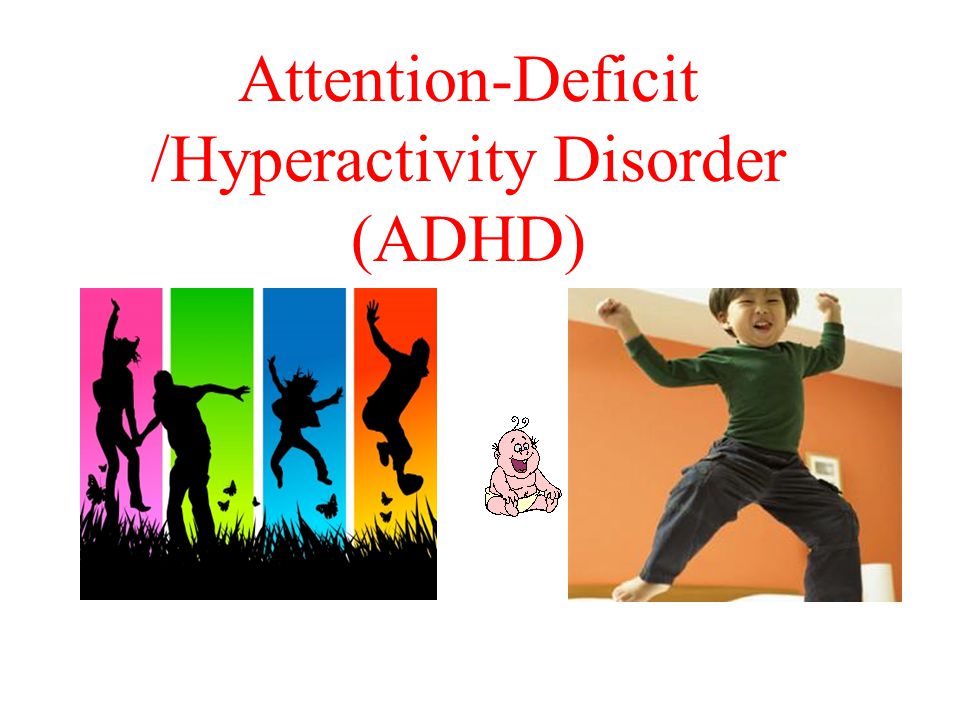 Talk to your health care provider about clinical trials, their benefits and risks, and whether one is right for your child. For more information, visit NIMH's clinical trials webpage.
Talk to your health care provider about clinical trials, their benefits and risks, and whether one is right for your child. For more information, visit NIMH's clinical trials webpage.
Where can I find more information on ADHD?
The Centers for Disease Control and Prevention (CDC) is the nation’s leading health promotion, prevention, and preparedness agency. You can find information on CDC's website about ADHD symptoms, diagnosis, and treatment options, as well as additional resources for families and providers.
Reprints
This publication is in the public domain and may be reproduced or copied without permission from NIMH. Citation of NIMH as a source is appreciated. To learn more about using NIMH publications, refer to NIMH's reprint guidelines.
For More Information
MedlinePlus (National Library of Medicine) (en español)
ClinicalTrials.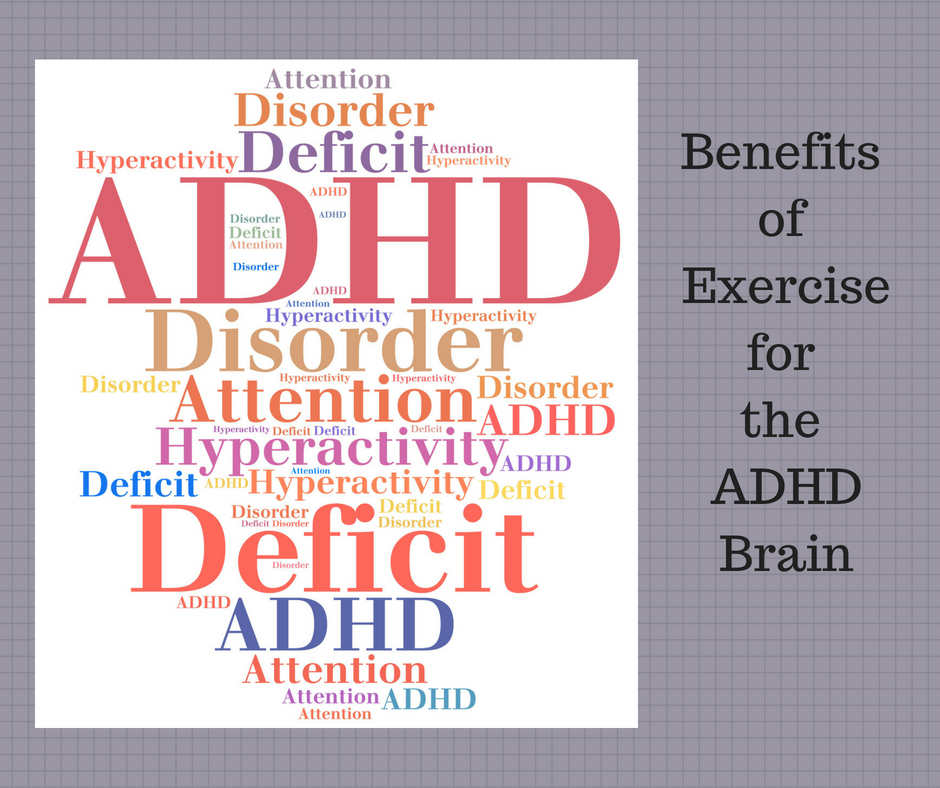 gov (en español)
gov (en español)
U.S. DEPARTMENT OF HEALTH AND HUMAN SERVICES
National Institutes of Health
NIH Publication No. 21-MH-8159
Revised 2021
ADHD in adults - treatment, symptoms, diagnosis
Make an appointment
Treatment of ADHD in adults
Rehabilitation clinic "A NEW DAY" specializes in the treatment of adults with ADHD. We have developed and effectively applied a set of rehabilitation measures for ADHD.
Individual approach
Each patient has his own doctor - a neurologist. He knows everything about the patient and his disease, if necessary, he can make adjustments to the course of treatment at any stage. The main thing is the result. At the end of the course of treatment, individually developed recommendations are issued. nine0006
Treatment is always a complex
Taking into account the variant of the course, the age of the patient, the severity of manifestations, the most appropriate methods and their combinations are selected: (BOS).
In everyday life, ADHD patients are not recommended to engage in those sports that involve a competitive nature and have a pronounced emotional component, for example, martial arts, team games. Useful jogging, swimming (non-competitive), cycling, skiing. nine0003
To improve the psychological and emotional state, reduce anxiety, overcome depression, sleep disorders, various methods of psychotherapy are used. The choice of a technique suitable for a particular patient is carried out by a psychologist or psychotherapist.
Relaxation techniques: special relaxation massages, relaxation sessions, medical treatment.
Cognitive training is used for attention deficit. Acupuncture (IRT) is traditionally used to restore the regulation of many organs, including the brain. nine0006
Innovative techniques
Translingual neurostimulation (TLNS) is an effect on the brain through the stimulation of tongue receptors. This is an advanced innovative technique, most effectively used in the treatment of diseases of the central nervous system, and as we know, ADHD belongs to such diseases.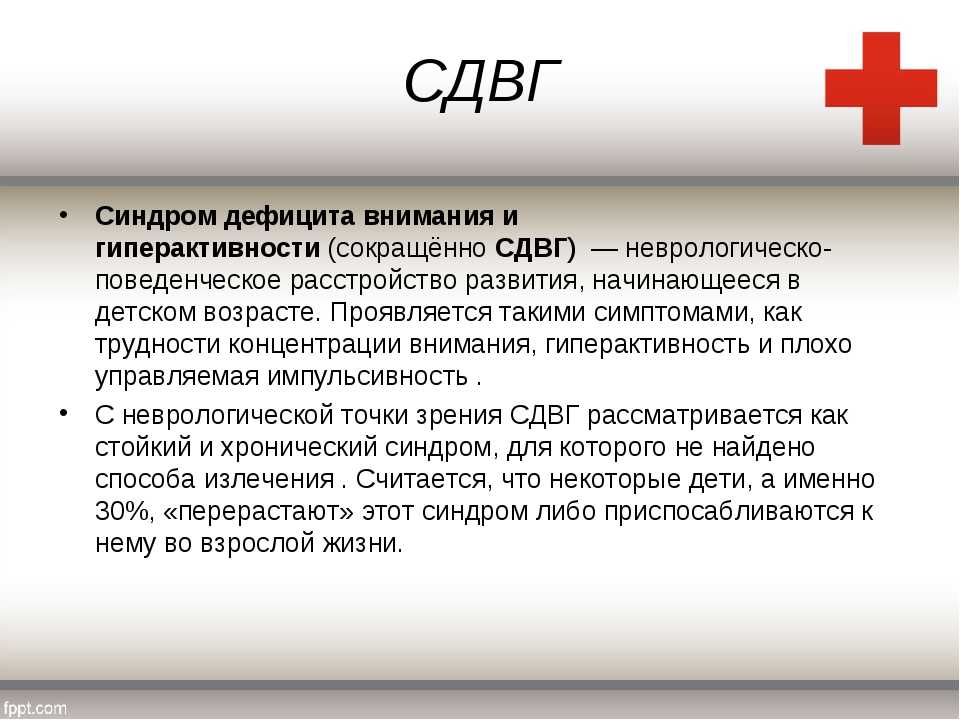 The use of TLNS allows you to restore the regulation of excitation-inhibition processes in a short time, which ultimately leads to an improvement in the course of ADHD, the best psychological and motor correction. In addition, TLNS has a positive effect on cognitive functions, such as concentration and memory, improves sleep, allowing the body to restore its neurotransmitter stores and have a good rest. nine0006
The use of TLNS allows you to restore the regulation of excitation-inhibition processes in a short time, which ultimately leads to an improvement in the course of ADHD, the best psychological and motor correction. In addition, TLNS has a positive effect on cognitive functions, such as concentration and memory, improves sleep, allowing the body to restore its neurotransmitter stores and have a good rest. nine0006
Continuity and recurrence
ADHD has a favorable course when properly treated. It is important to maintain the results achieved. To do this, at discharge, we give detailed individually developed recommendations. As long as there is any residual symptomatology, courses of treatment should be repeated, as a rule, 2-3 times a year.
Sign up for a consultation
Fill out the form
+7 (812) 603-70-10
Attention deficit disorder in adults
ADHD is a childhood-onset neurological behavioral disorder characterized by difficulty concentrating and maintaining attention, excessive motor activity (hyperactivity) and incontinence (impulsivity).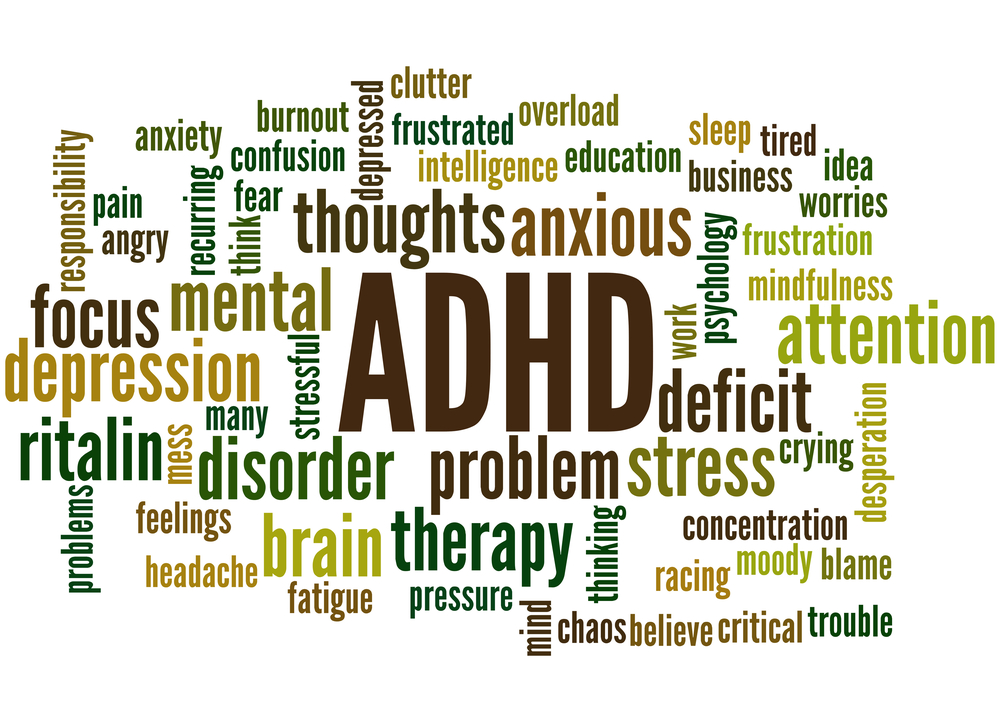
In recent years, the frequency of ADHD has increased, including among adults. It used to be thought that by adolescence, the symptoms of ADHD would significantly lessen or go away. However, now these ideas have changed: in 30-70% of cases, ADHD persists into adulthood. Most often this is due to insufficiently effective treatment in childhood. nine0006
More about ADHD
All processes occurring in the nervous system are based on two oppositely directed mechanisms: excitation and inhibition. Normally they are balanced. However, the formation of the nervous system does not occur immediately after birth. The brain is mainly formed before the age of 8 years, but finally only by the age of 25. Therefore, in children, arousal and inhibition often get out of control, in some cases leading to ADHD. Over time, the brain matures and the symptoms of ADHD improve or go away on their own. But even in an adult, cognitive, behavioral, and motor
disorders resulting from ADHD.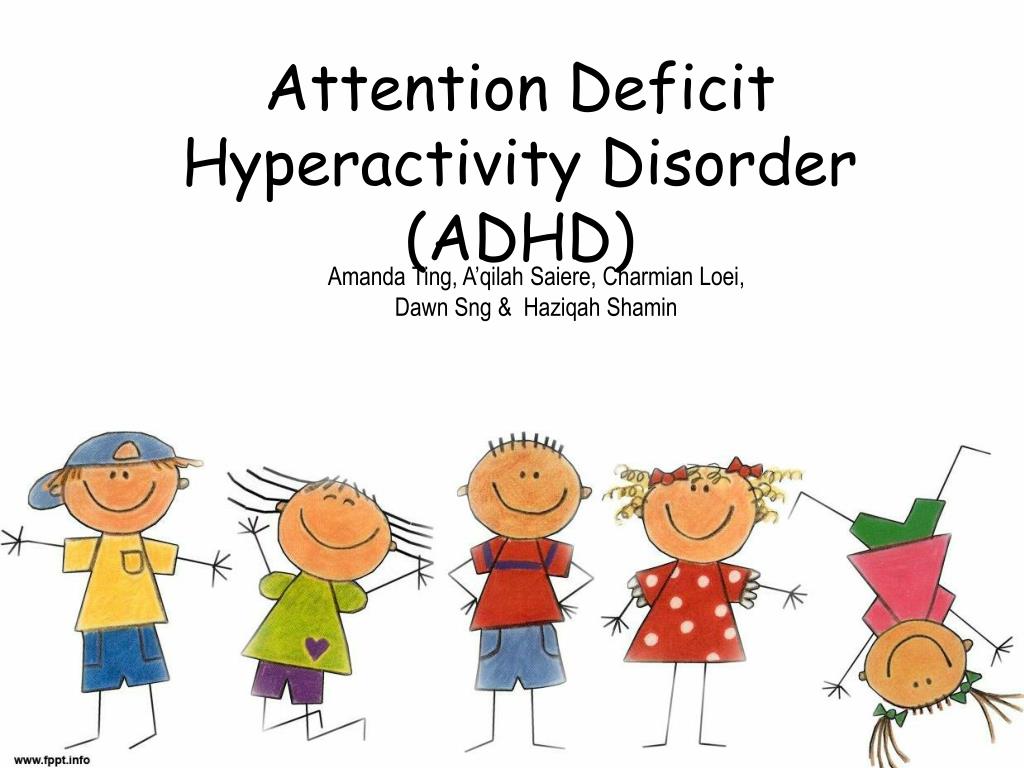 That is why the prevalence of ADHD in adults, although it has increased in recent years, still remains much less than in children.
That is why the prevalence of ADHD in adults, although it has increased in recent years, still remains much less than in children.
In general, the manifestations in children and adults do not differ, but there are features.
First, if a child does not have ADHD, then an adult will not develop this disease. Therefore, ADHD in adults is not a separate disease, but disorders that have persisted since childhood.
Secondly, in adults, attention disorders prevail over manifestations of hyperactivity. It is difficult for such people to concentrate and maintain attention, so many activities that require concentration may not be available to them. Hyperactivity can be manifested by restlessness, so sedentary sedentary work is not suitable for them. nine0006 Impulsivity can be manifested by conflicts in the family and at work.
And thirdly, the presence of ADHD in adulthood requires careful examination to exclude other disorders, incl. mental illness.
Manifestations of ADHD depend on the course of the disease.
Types of ADHD in adults
-
With a predominance of attention deficit (deficit)
-
With a predominance of hyperactivity
-
Mixed version of the ADHD
Symptoms of ADHD in adults
Symptoms of inattention (in at least 5 symptoms for at least 6 months):
- Inability to concentrate on details, errors of incorrect
- Inability to hold attention for a long time
- Often one gets the impression that he does not listen to spoken speech
- Inability to follow instructions, algorithms, for example, to fulfill conditions tasks
- Resistance to getting involved in tasks, avoiding or active resistance
- Frequent loss of things, especially those necessary to complete tasks
- Easy distractibility to extraneous stimuli or thoughts (“hovering” in thoughts)
- Routine forgetfulness (errands, chores, being late)
Symptoms of hyperactivity (in adults, at least 5 symptoms for at least 6 months):
- Constant movements in the hands, feet, fidgeting in a chair
- Getting up from a place
- Inability to sit still
- Inability to pass time calmly
- Constantly in motion, as if “wound9”, as if “attached a motor” 908088
- Answers a question without listening to the question itself
- Difficulty waiting in line
- permissions.
 nine0088
nine0088
These symptoms must reach a degree of severity that interferes with learning, communication, work. They should be observed both at home and in other places (at work, at a party, etc.). They should be noticed not only by relatives, but also by those around them.
An additional examination may be required to clarify the diagnosis and exclude other diseases that have similar symptoms:
- EEG (electroencephalography)
- Doppler ultrasonography0088
- Evoked potential (EP) method
- Psychotherapist's consultation
- Brain MRI
- Psychiatrist's consultation (if indicated)
)
– ADHD CR (expanded complex)
– Cognition CS (standard complex)
– Cognition CR (expanded complex)
– Psychotherapy ind. COP (complex standard)
– Psychotherapy ind. CR (advanced complex)
Comparative table of all programs
ADHD in adults - treatment, symptoms, diagnosis
Make an appointment
Treatment of ADHD in adults
with ADHD. We have developed and effectively applied a set of rehabilitation measures for ADHD.
We have developed and effectively applied a set of rehabilitation measures for ADHD.
Individual approach
Each patient has his own doctor - a neurologist. He knows everything about the patient and his disease, if necessary, he can make adjustments to the course of treatment at any stage. The main thing is the result. At the end of the course of treatment, individually developed recommendations are issued.
Treatment is always a complex
Taking into account the variant of the course, the age of the patient, the severity of manifestations, the most appropriate methods and their combinations are selected: (BOS). nine0003
In everyday life, ADHD patients are not recommended to engage in sports that involve a competitive nature and have a pronounced emotional component, for example, martial arts, team games. Useful jogging, swimming (non-competitive), cycling, skiing.
To improve the psychological and emotional state, reduce anxiety, overcome depression, sleep disorders, various methods of psychotherapy are used.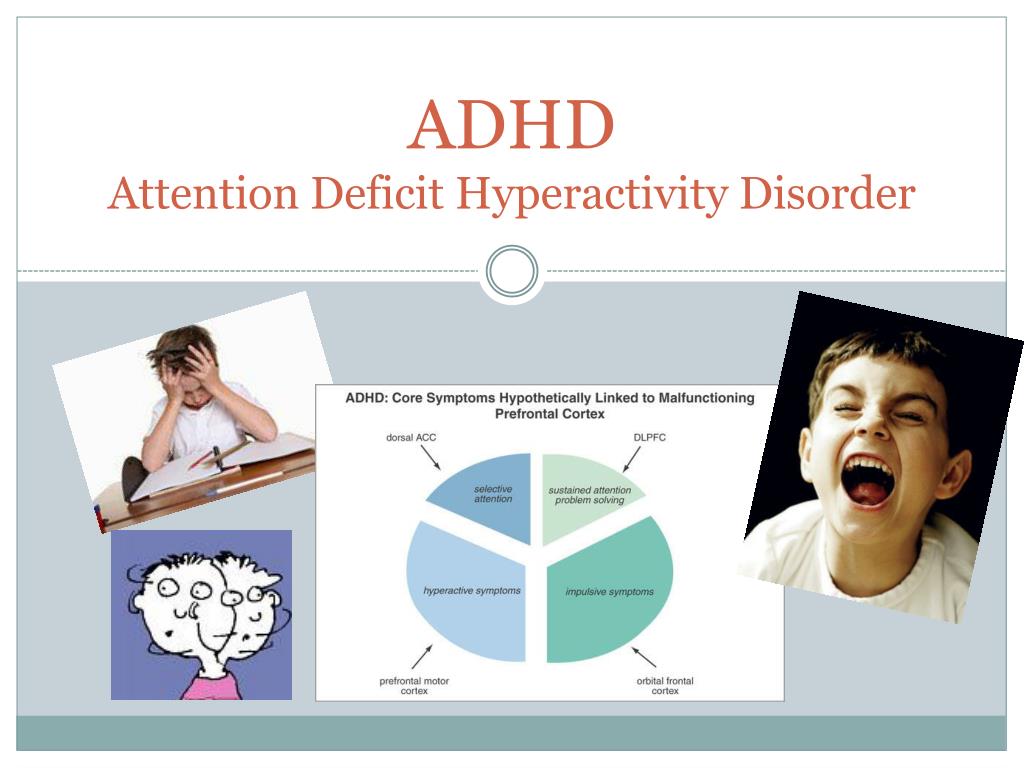 The choice of a technique suitable for a particular patient is carried out by a psychologist or psychotherapist. nine0003
The choice of a technique suitable for a particular patient is carried out by a psychologist or psychotherapist. nine0003
Relaxation techniques: special relaxation massages, relaxation sessions, medical treatment.
Cognitive training is used for attention deficit. Acupuncture (IRT) is traditionally used to restore the regulation of many organs, including the brain.
Innovative techniques
Translingual neurostimulation (TLNS) is an effect on the brain through the stimulation of tongue receptors. This is an advanced innovative technique, most effectively used in the treatment of diseases of the central nervous system, and as we know, ADHD belongs to such diseases. The use of TLNS allows you to restore the regulation of excitation-inhibition processes in a short time, which ultimately leads to an improvement in the course of ADHD, the best psychological and motor correction. In addition, TLNS has a positive effect on cognitive functions, such as concentration and memory, improves sleep, allowing the body to restore its neurotransmitter stores and have a good rest. nine0006
nine0006
Continuity and recurrence
ADHD has a favorable course when properly treated. It is important to maintain the results achieved. To do this, at discharge, we give detailed individually developed recommendations. As long as there is any residual symptomatology, courses of treatment should be repeated, as a rule, 2-3 times a year.
Sign up for a consultation
Fill out the form
+7 (812) 603-70-10
Attention deficit disorder in adults
ADHD is a childhood-onset neurological behavioral disorder characterized by difficulty concentrating and maintaining attention, excessive motor activity (hyperactivity) and incontinence (impulsivity).
In recent years, the frequency of ADHD has increased, including among adults. It used to be thought that by adolescence, the symptoms of ADHD would significantly lessen or go away. However, now these ideas have changed: in 30-70% of cases, ADHD persists into adulthood.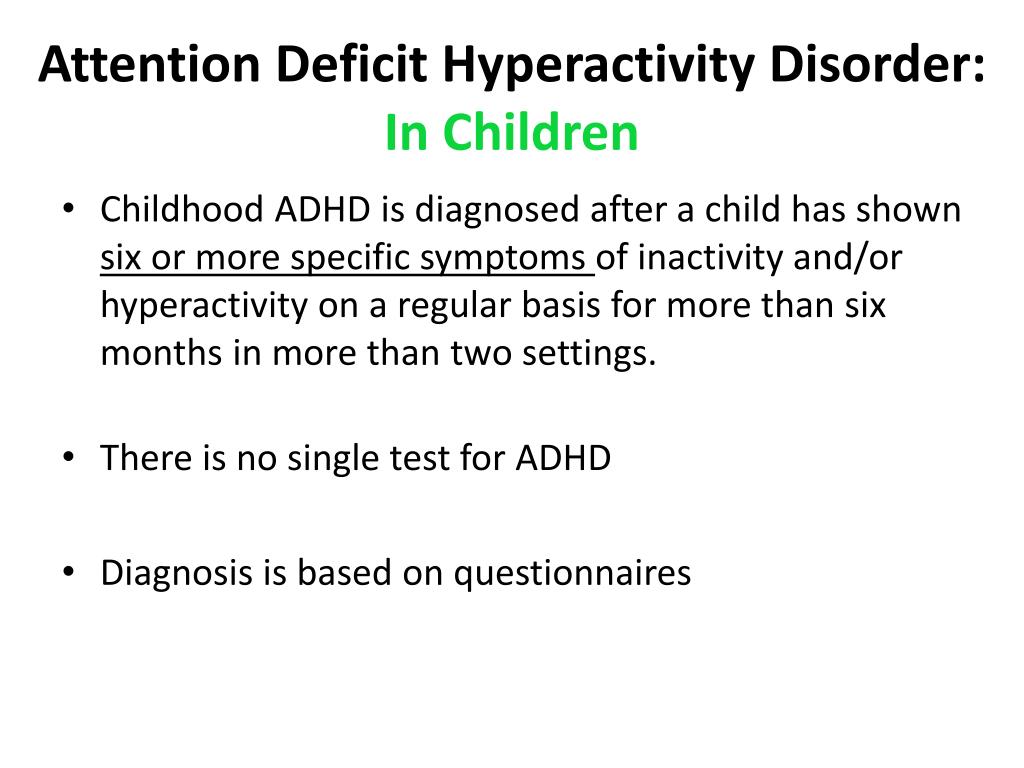 Most often this is due to insufficiently effective treatment in childhood. nine0006
Most often this is due to insufficiently effective treatment in childhood. nine0006
More about ADHD
All processes occurring in the nervous system are based on two oppositely directed mechanisms: excitation and inhibition. Normally they are balanced. However, the formation of the nervous system does not occur immediately after birth. The brain is mainly formed before the age of 8 years, but finally only by the age of 25. Therefore, in children, arousal and inhibition often get out of control, in some cases leading to ADHD. Over time, the brain matures and the symptoms of ADHD improve or go away on their own. But even in an adult, cognitive, behavioral, and motor
disorders resulting from ADHD. That is why the prevalence of ADHD in adults, although it has increased in recent years, still remains much less than in children.
In general, the manifestations in children and adults do not differ, but there are features.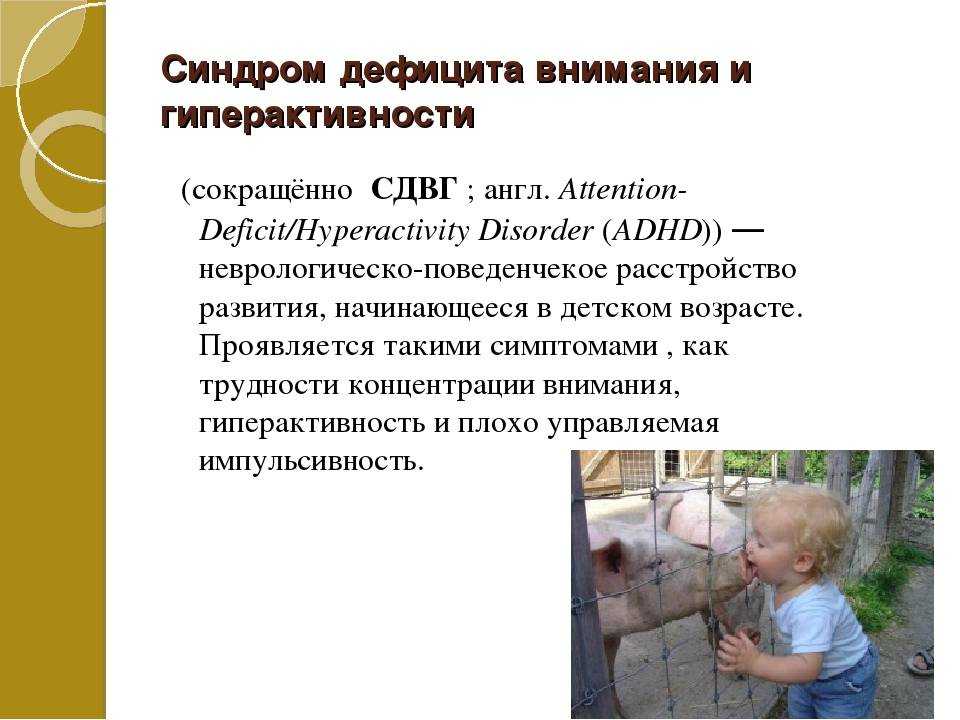
First, if a child does not have ADHD, then an adult will not develop this disease. Therefore, ADHD in adults is not a separate disease, but disorders that have persisted since childhood.
Secondly, in adults, attention disorders prevail over manifestations of hyperactivity. It is difficult for such people to concentrate and maintain attention, so many activities that require concentration may not be available to them. Hyperactivity can be manifested by restlessness, so sedentary sedentary work is not suitable for them. nine0006 Impulsivity can be manifested by conflicts in the family and at work.
And thirdly, the presence of ADHD in adulthood requires careful examination to exclude other disorders, incl. mental illness.
Manifestations of ADHD depend on the course of the disease.
Types of ADHD in adults
-
With a predominance of attention deficit (deficit)
-
With a predominance of hyperactivity
-
Mixed version of the ADHD
Symptoms of ADHD in adults
Symptoms of inattention (in at least 5 symptoms for at least 6 months):
- Inability to concentrate on details, errors of incorrect
- Inability to hold attention for a long time
- Often one gets the impression that he does not listen to spoken speech
- Inability to follow instructions, algorithms, for example, to fulfill conditions tasks
- Resistance to getting involved in tasks, avoiding or active resistance
- Frequent loss of things, especially those necessary to complete tasks
- Easy distractibility to extraneous stimuli or thoughts (“hovering” in thoughts)
- Routine forgetfulness (errands, chores, being late)
Symptoms of hyperactivity (in adults, at least 5 symptoms for at least 6 months):
- Constant movements in the hands, feet, fidgeting in a chair
- Getting up from a place
- Inability to sit still
- Inability to pass time calmly
- Constantly in motion, as if “wound9”, as if “attached a motor” 908088
- Answers a question without listening to the question itself
- Difficulty waiting in line
- permissions.
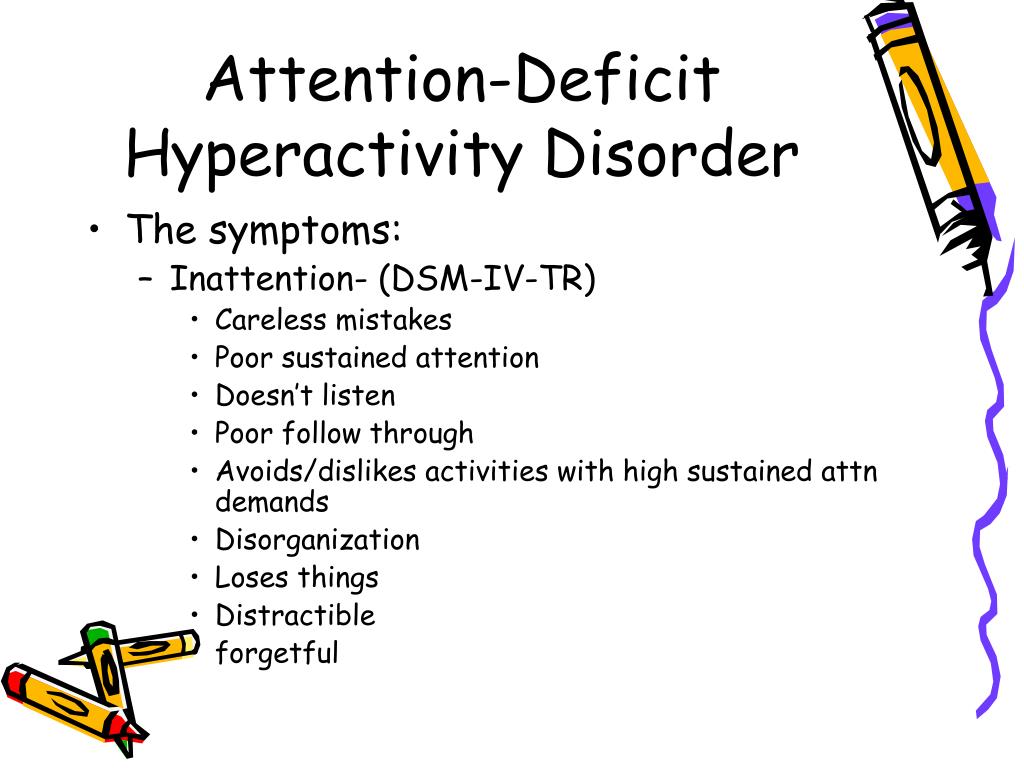
Learn more
